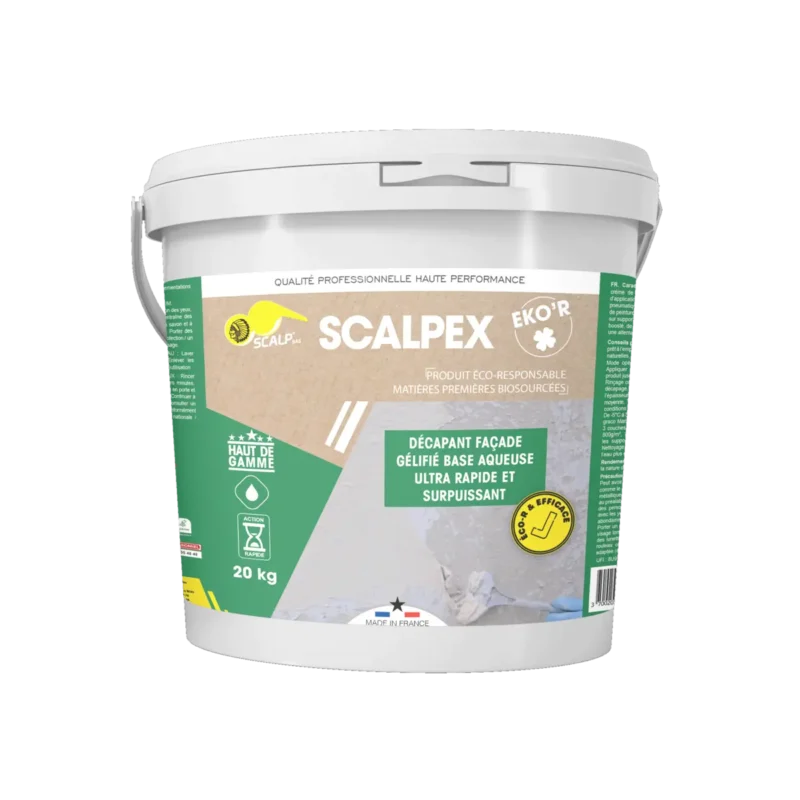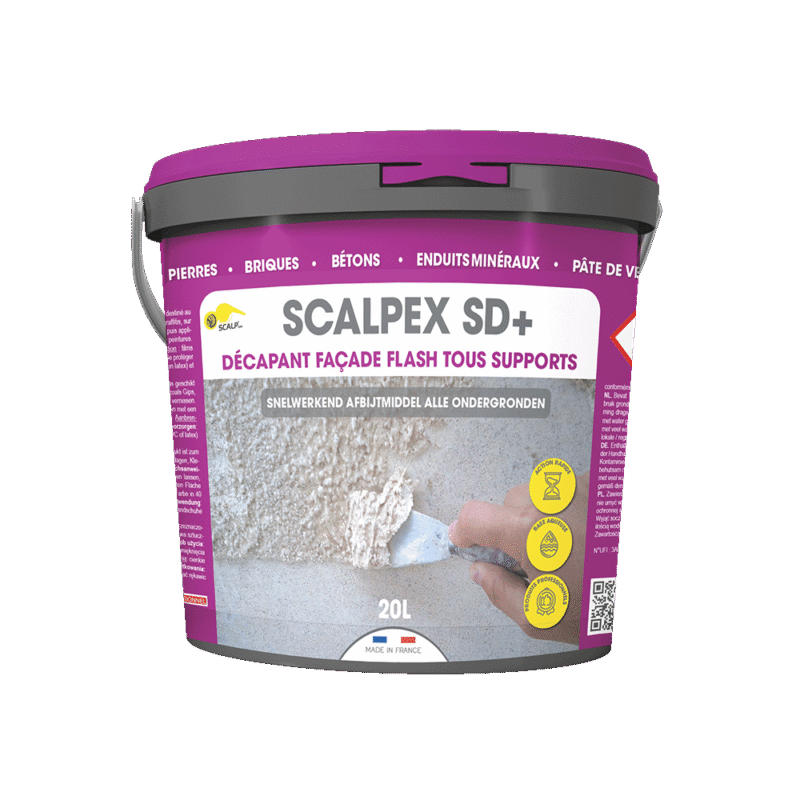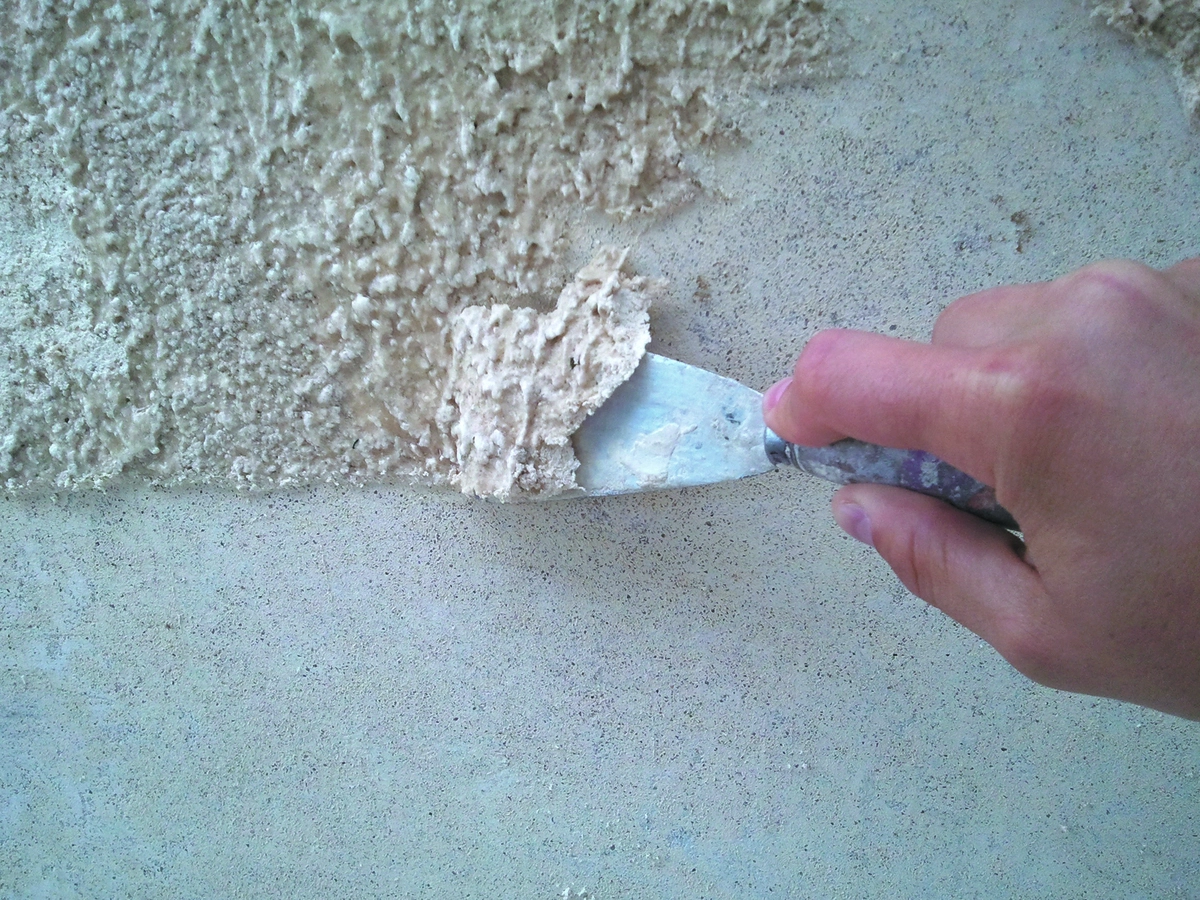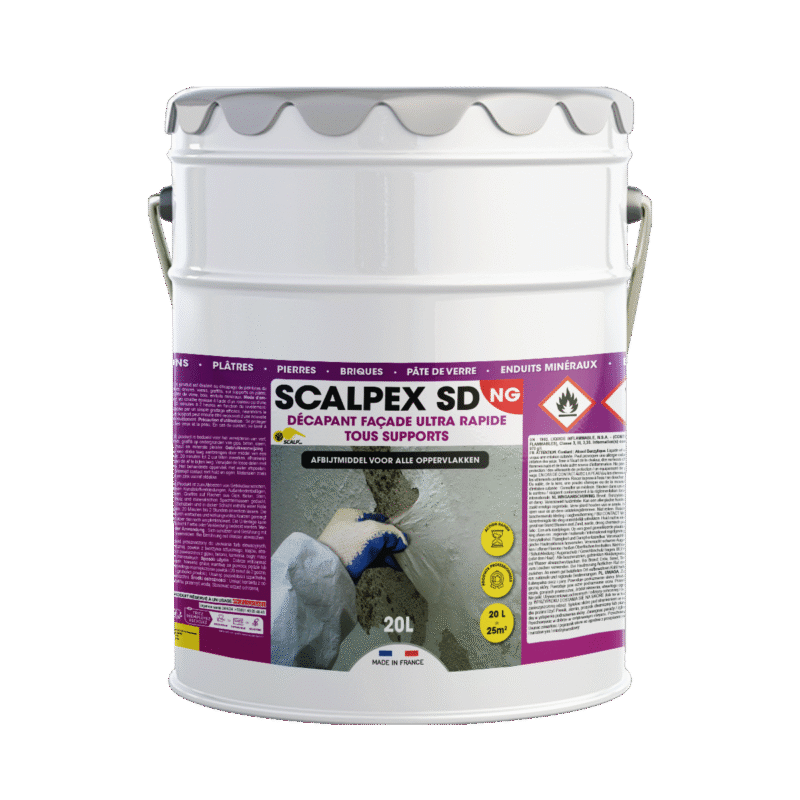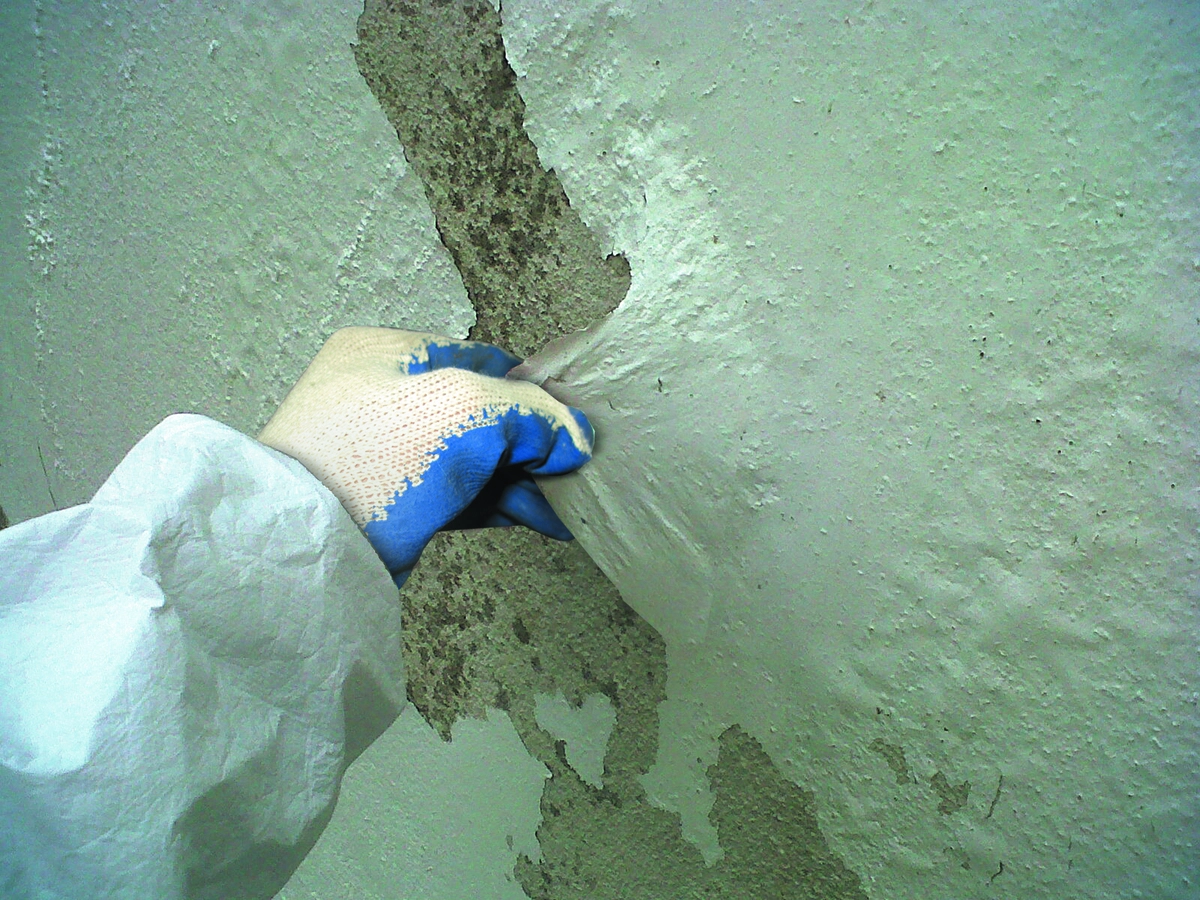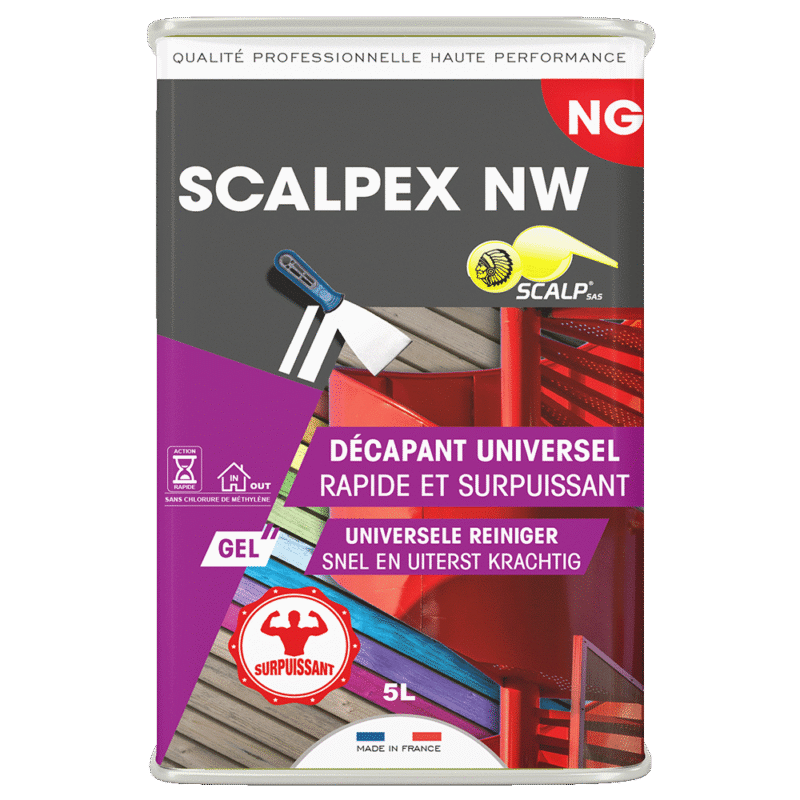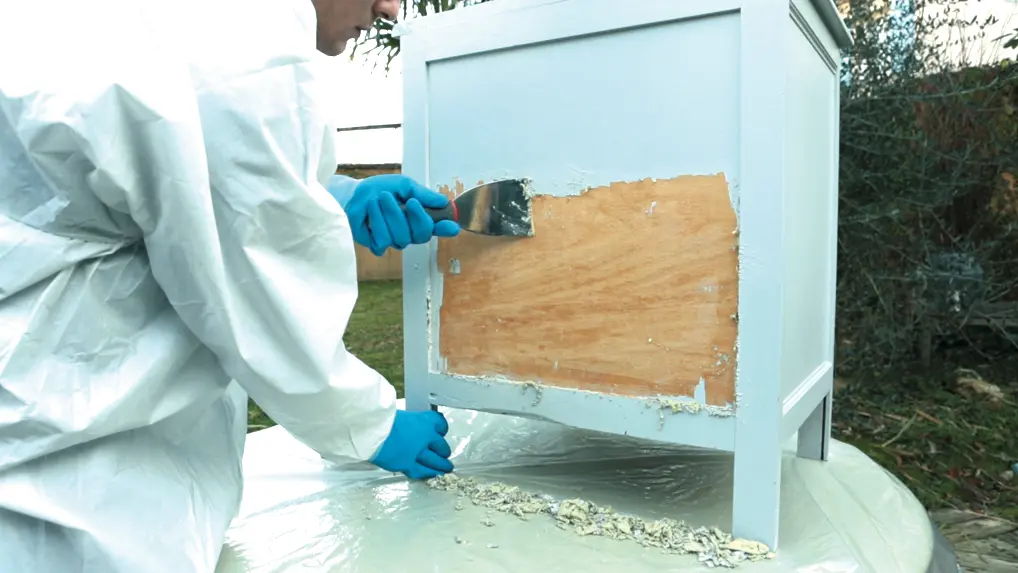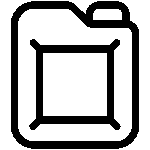Stripping work
Stripping work: Applications in construction
Stripping work is essential for effectively renovating a surface. Whether it’s wood, metal, or stone, stripping ensures a sound substrate before any treatment in the renovation of various spaces, including homes, public infrastructure, road structures, and even industrial facilities. In this article, we will explore the different methods of stripping, highlighting the advantages and disadvantages of each, while providing practical advice on choosing the best approach depending on the material to be treated.
Why are they essential ?
Stripping involves removing a layer of material from a surface in order to maintain or renovate it. This step is essential before treating, protecting, painting, or varnishing a surface. It allows surfaces to be restored to their original appearance.
Facade sandblasting : method and limitations
Sandblasting is a relatively aggressive cleaning method that cannot be used on all surfaces. This technique involves blasting a dry abrasive onto a hard surface without adding water.
However, this method is gradually being replaced by other gentler techniques, such as hydro-rubbing or air-rubbing.
|
Advantages of sandblasting |
Disadvantages of sandblasting |
|---|---|
|
Strips |
Aggressive technique: damages the material |
|
Cleans |
Removes limestone, which is the natural protective layer of stone |
|
Deoxidizes and degreases |
Produces dust |
|
Wide range of applications |
Leaves a rough surface |
|
Effective for cleaning facades |
Consumes abrasive material |
|
Creates roughness that facilitates adhesion |
Causes silicosis due to the presence of silica |
Hydro-gumming vs. air-gumming: which stripping technique should you choose ?
Air blasting is a stripping technique similar to sandblasting, but gentler. It involves spraying an abrasive at low pressure, without water, allowing for dry cleaning suitable for various surfaces. This method uses environmentally friendly abrasives that are not harmful to health.
Hydro-gumming is based on the same principle, but with the addition of water. This limits dust production and makes the technique gentler on fragile surfaces.
Shooting a chemical stripper for your stripping work
Chemical strippers remove coatings without damaging the substrate (stone, iron, wood, etc.). They soften paint or glue using solvents and active ingredients. The product should be chosen based on the type of surface and coating to be removed.
Gel strippers are ideal for smooth, impermeable surfaces, as they act slowly without running.
Important safety precaution ! Before use, take safety measures, as these products are very aggressive and harmful to the user.
Our stripping products :
SCALPEX® EKO’R
SCALPEX® SD+
SCALPEX® SD NG
SCALPEX® SD NG is an ultra-fast façade stripper designed to remove waterproofing systems, RPE coatings, thin films, adhesives, inks, varnishes and graffiti. Free from methylene chloride, NMP and NEP, it delivers rapid and effective action on a wide variety of substrates, including plaster, concrete, stone, brick, glass mosaic, wood and mineral coatings. Its optimised viscosity ensures excellent adhesion on vertical surfaces, making it ideal for stripping façades and exterior walls.
Other types of stripping :
- Thermal stripping: Use of a heating device to soften and remove the coating.
- Mechanical stripping: Use of abrasive tools (sanders, brushes, spatulas) to remove layers of material.
These methods are recommended for small surfaces and require a certain amount of expertise.
Metal stripping :
Iron or metal objects (shutters, gates, balconies) are prone to oxidation and corrosion. Stripping restores the original appearance before applying a protective treatment or new paint.
It is used on surfaces such as zinc, aluminum, steel, cast iron, and wrought iron.
Wood stripping: suitable techniques and recommended products
Several techniques exist :
- Thermal stripping : Fast and effective with a scraper or sanding finish.
- Chemical stripping : Must be carried out outdoors due to toxic fumes.
- Sanding : Suitable for thin layers of paint.
- Mechanical stripping : Use of manual or machine-operated abrasives.
Our wood stripping products :
SCALPEX® NW NG
Essential equipment for effective stripping :
- A suitable stripping product
- An application brush
- A metal spatula
- A paint knife
- A soft wire brush
Mastering stripping techniques is essential to ensure a successful renovation. Choose the method best suited to your surface for optimal results.
Discover our range of stripping products and bring your surfaces back to life !
Share

